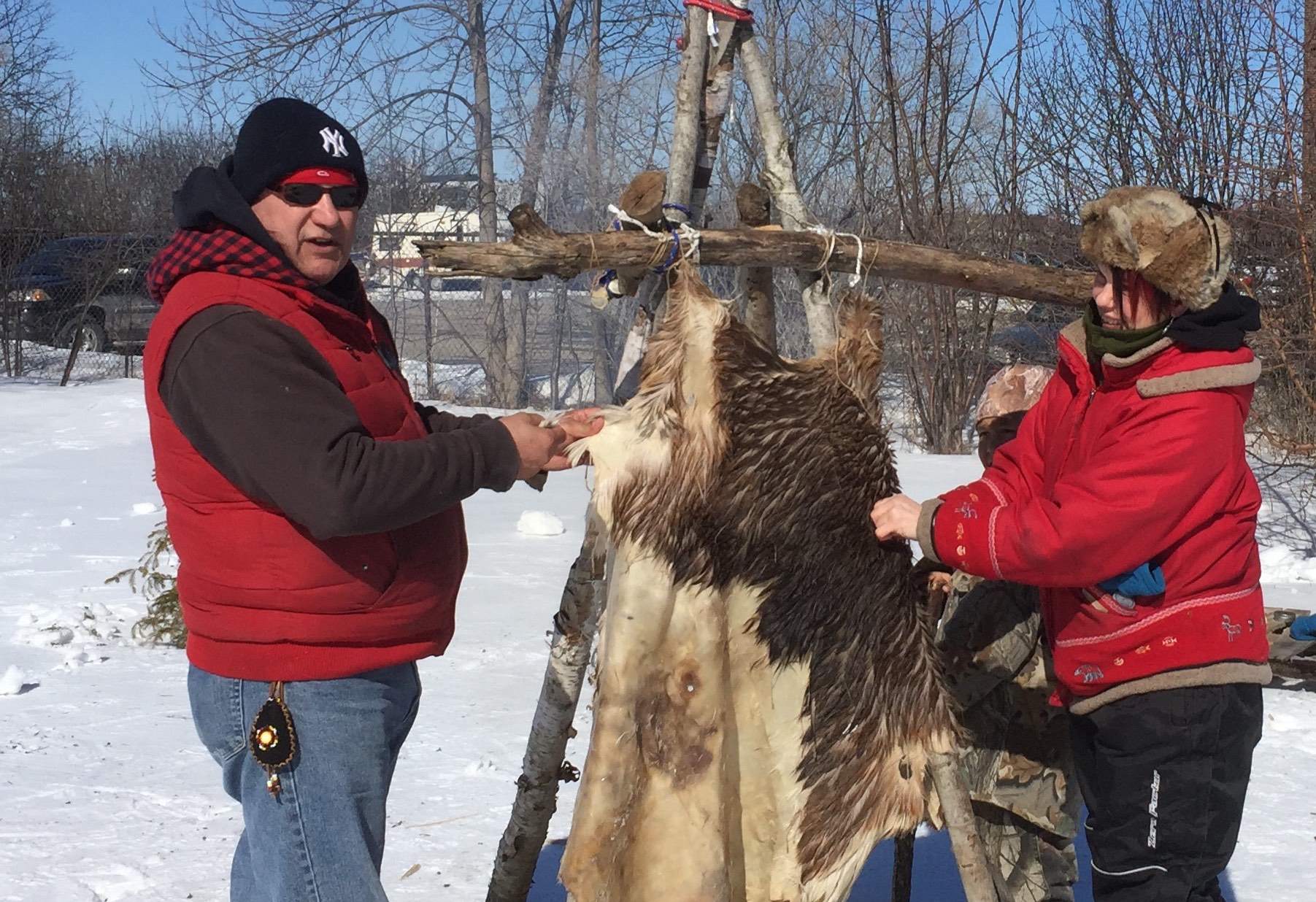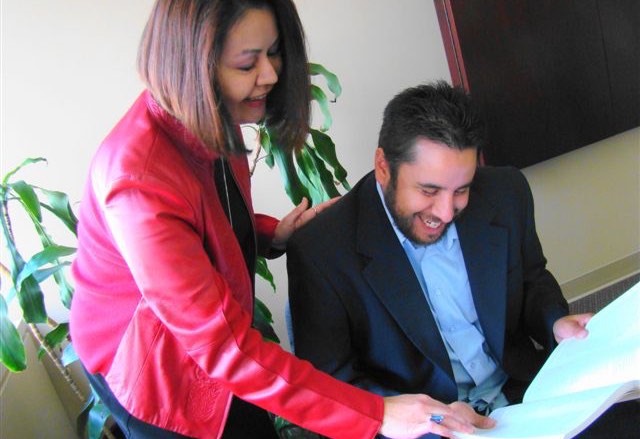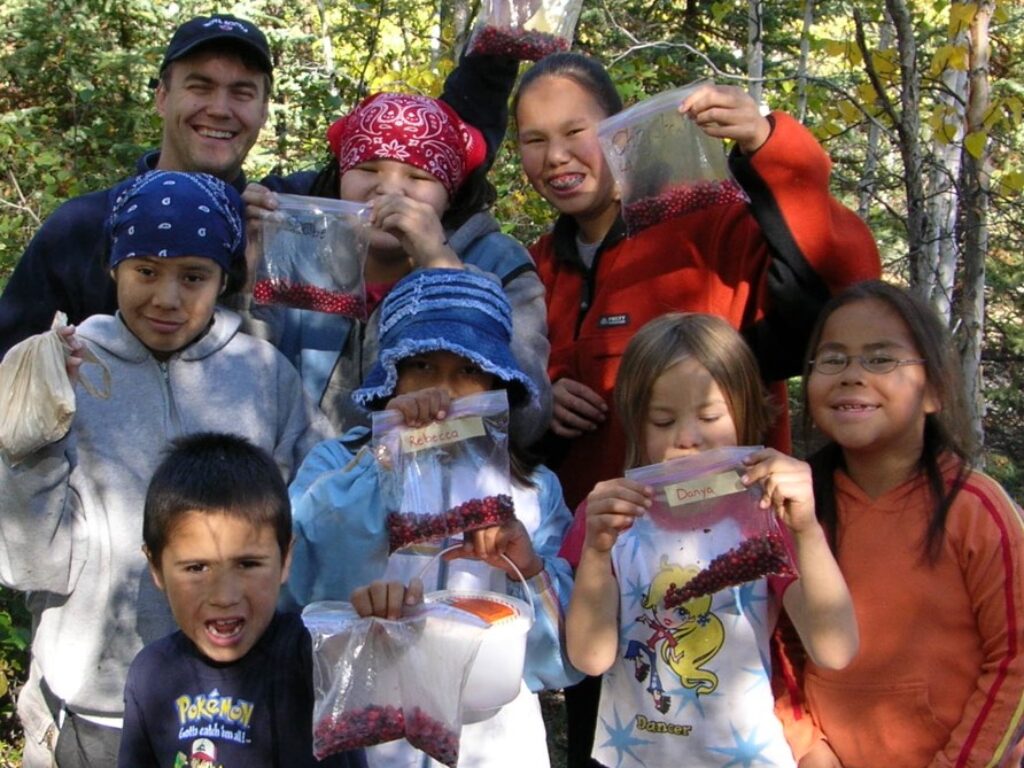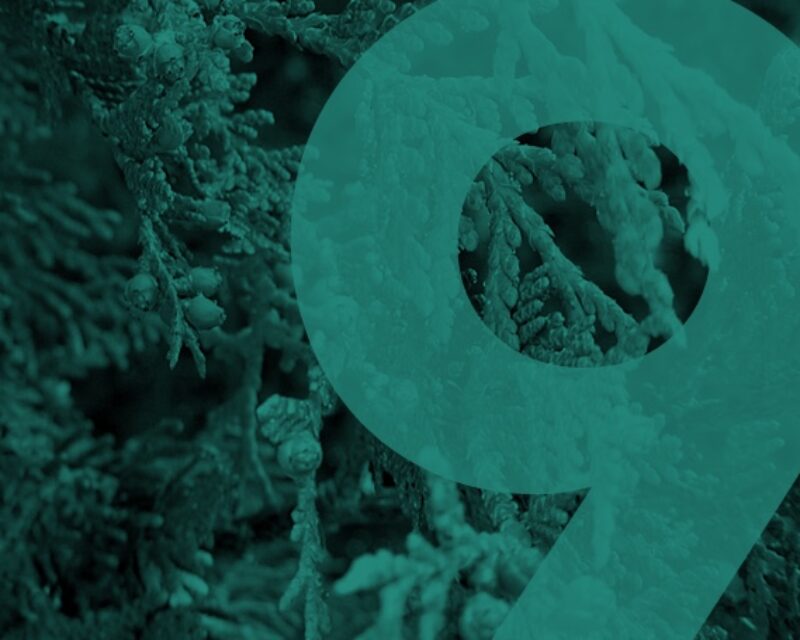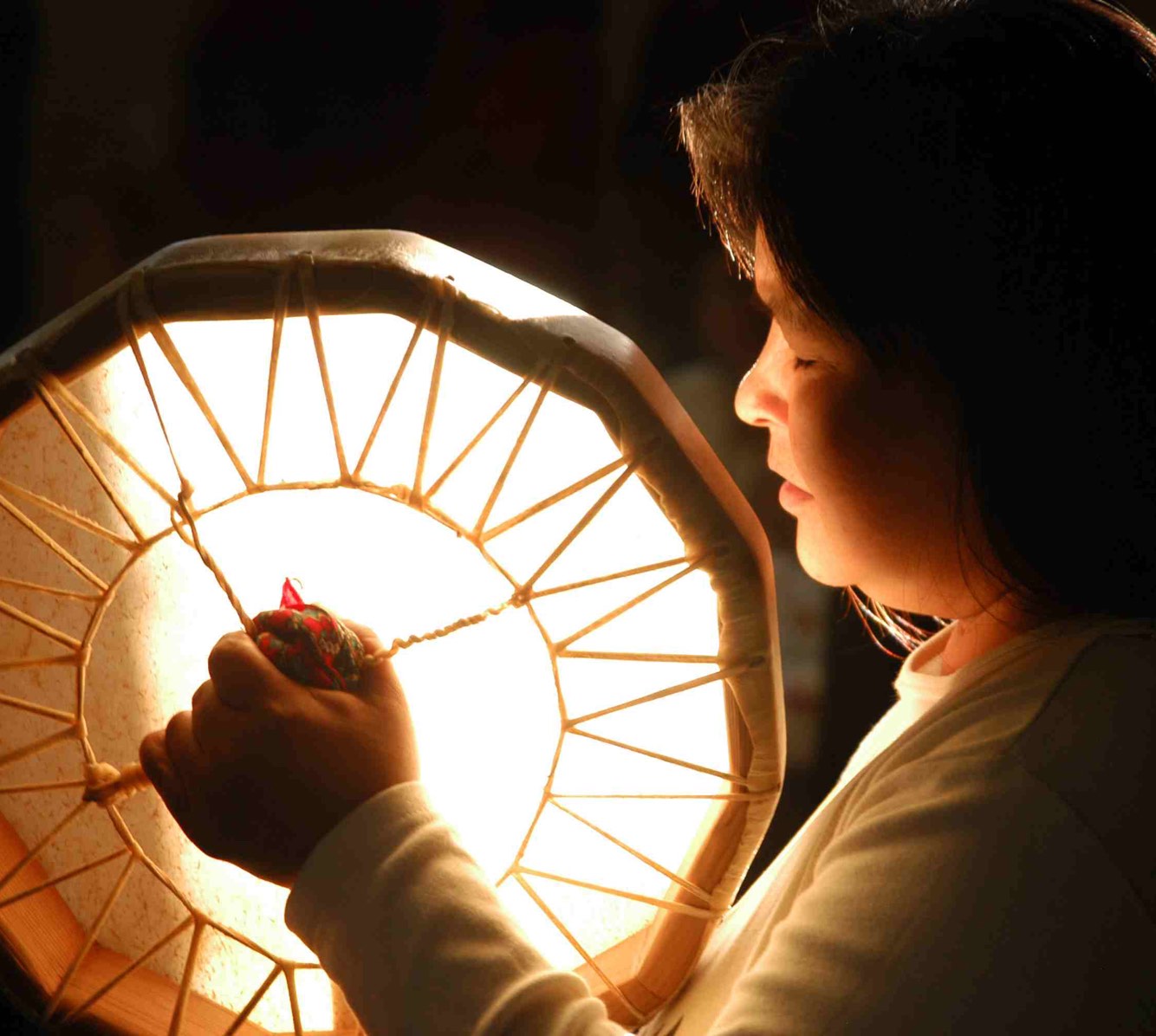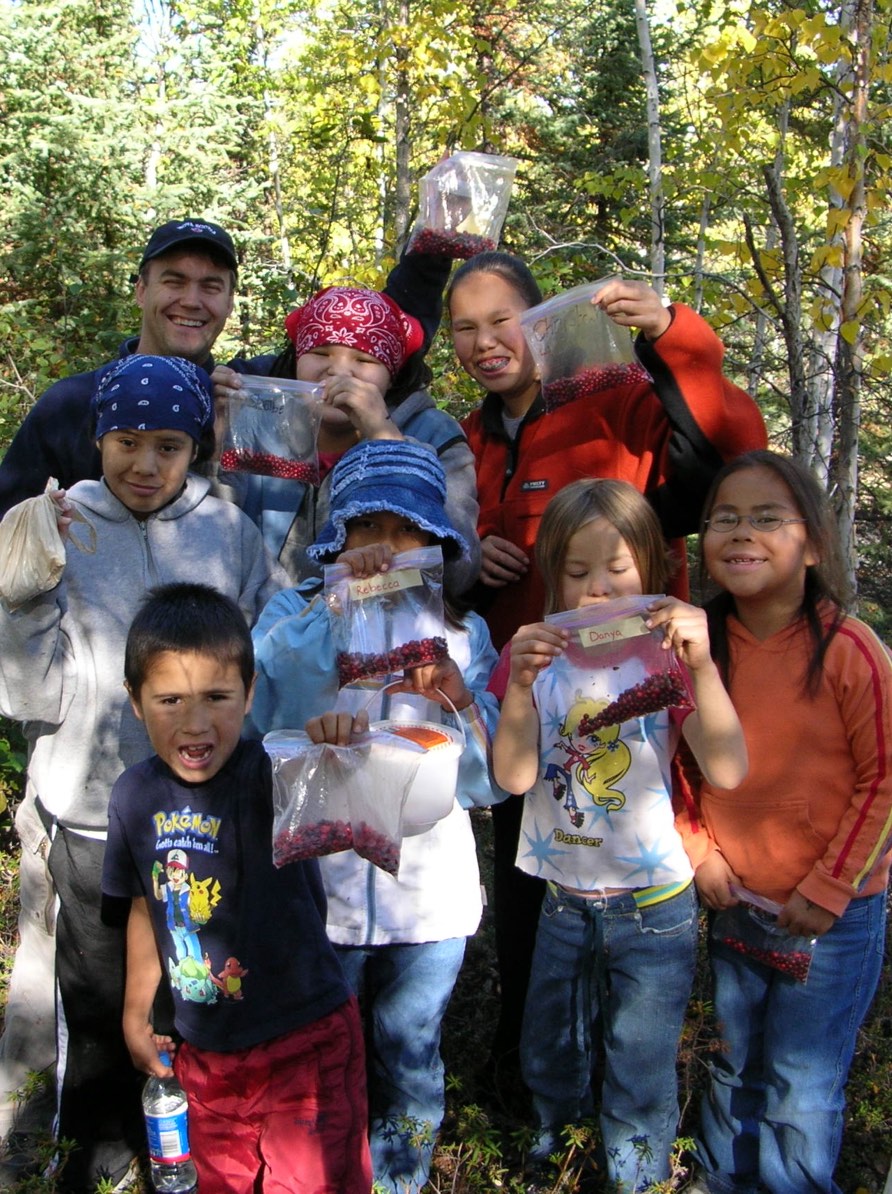Ways of Knowing
Indigenous ways of knowing and seeing the world are inclusive of spirit, ancestral memory, respect, interconnectedness, storytelling, feelings, experiences and guidance. It reminds us that we do not need to know or understand everything and that it is perfectly acceptable and appropriate to be aware of things that we cannot explain.
The eight different intelligences identified by Gardner can also be termed different Ways of Knowing. The Ways of Knowing have a strong resonance with First Nations cultural traditions as well as with contemporary occupations and activities.

The 8 Ways of Knowing
Knowing the Body means controlling and coordinating the body and using muscles skillfully.
Examples of how Knowing the Body is expressed traditionally include dancing, hunting, fishing, carving, canoeing, and kayaking. Contemporary occupations include athlete, surgeon, mechanic, crafts expert, carpenter.

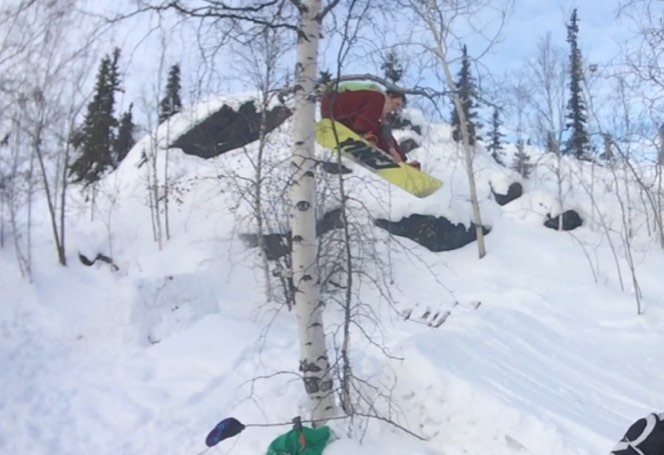
Knowing Images means being able to make and understand pictures, being aware of colour, shape and form, and working with materials like fabric, clay and wood.
Examples of how Knowing Images is expressed traditionally include designing jewelry, the dream catcher, beading, painting, using colours, drawing, navigating, and using the medicine wheel. Contemporary occupations include web developer, hairstylist, architect, machinist, engineer.
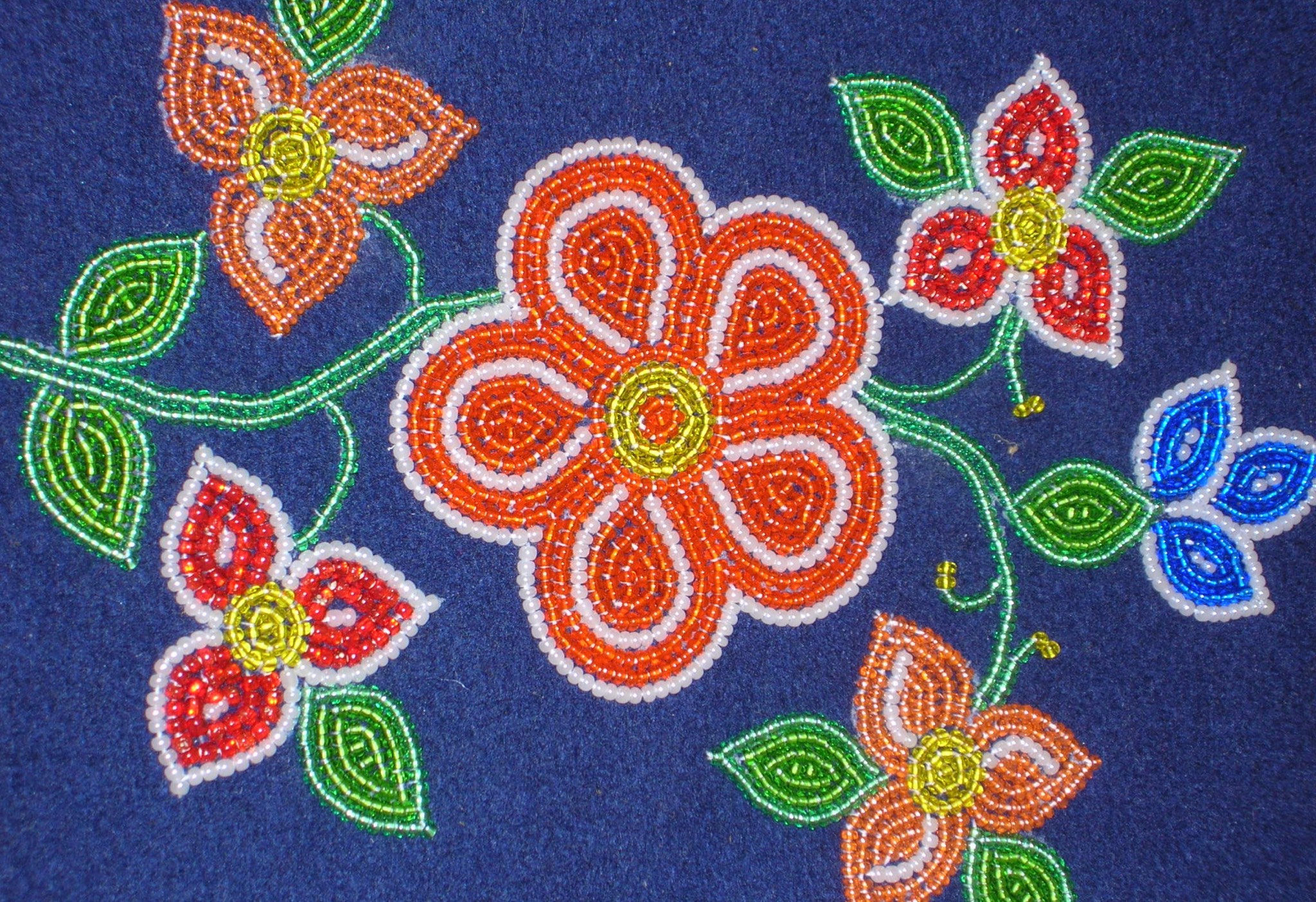
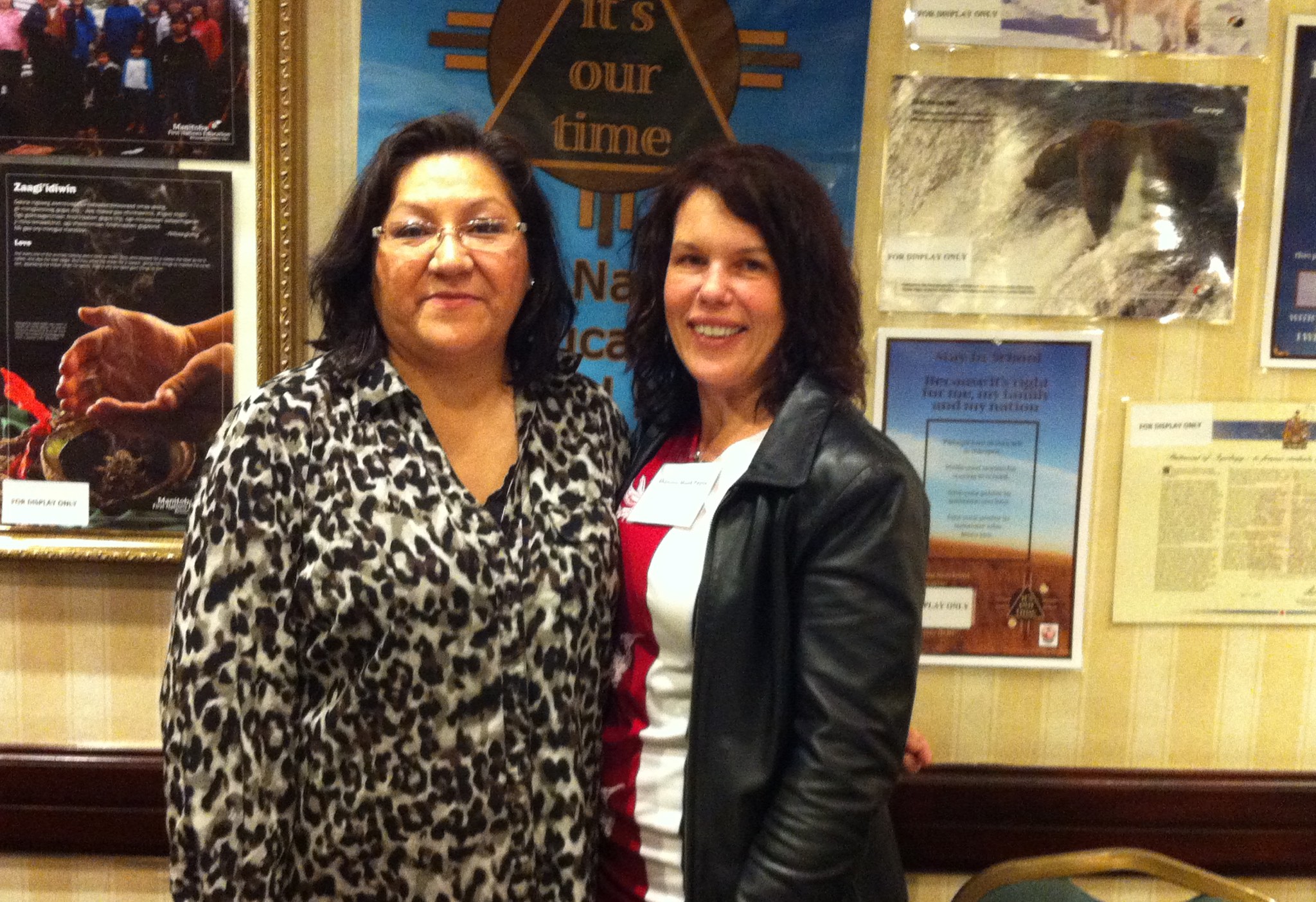
Knowing Logic means looking for explanations for events, seeing patterns and how things are related, being systematic, and using numbers.
Examples of how Knowing Logic is expressed traditionally include understanding relationships between objects, understanding natural remedies and medication, dealing with governance and treaty rights, and making astronomical observations. Contemporary occupations include cook, bookkeeper, lawyer, technician, computer programmer.
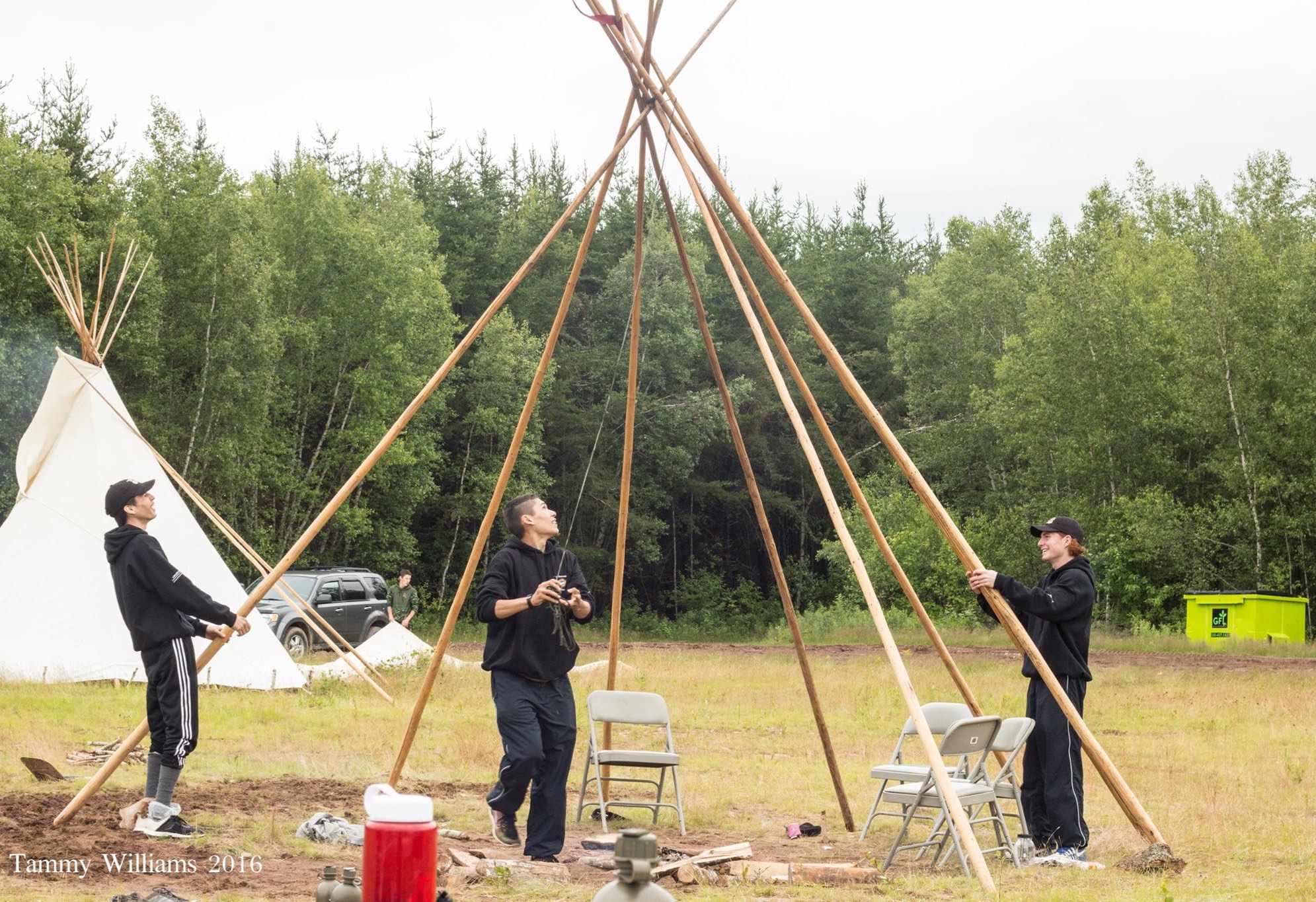
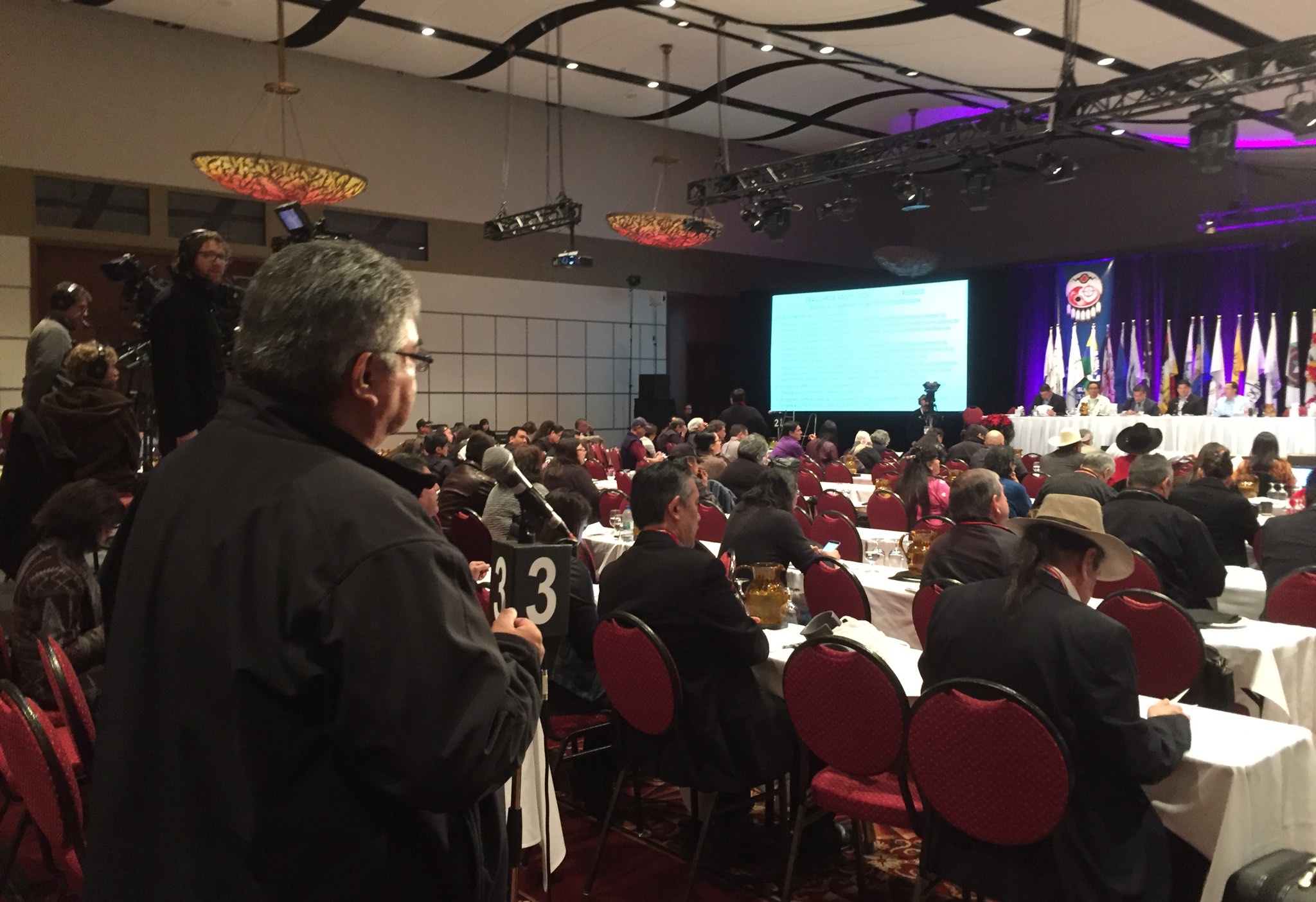
Knowing Music means making up songs and melodies, understanding rhythms, and making and playing musical instruments.
Examples of how Knowing Music is expressed traditionally include drumming, singing, and creating songs. Contemporary occupations include musician, sound engineer, singer, choreographer, music teacher.
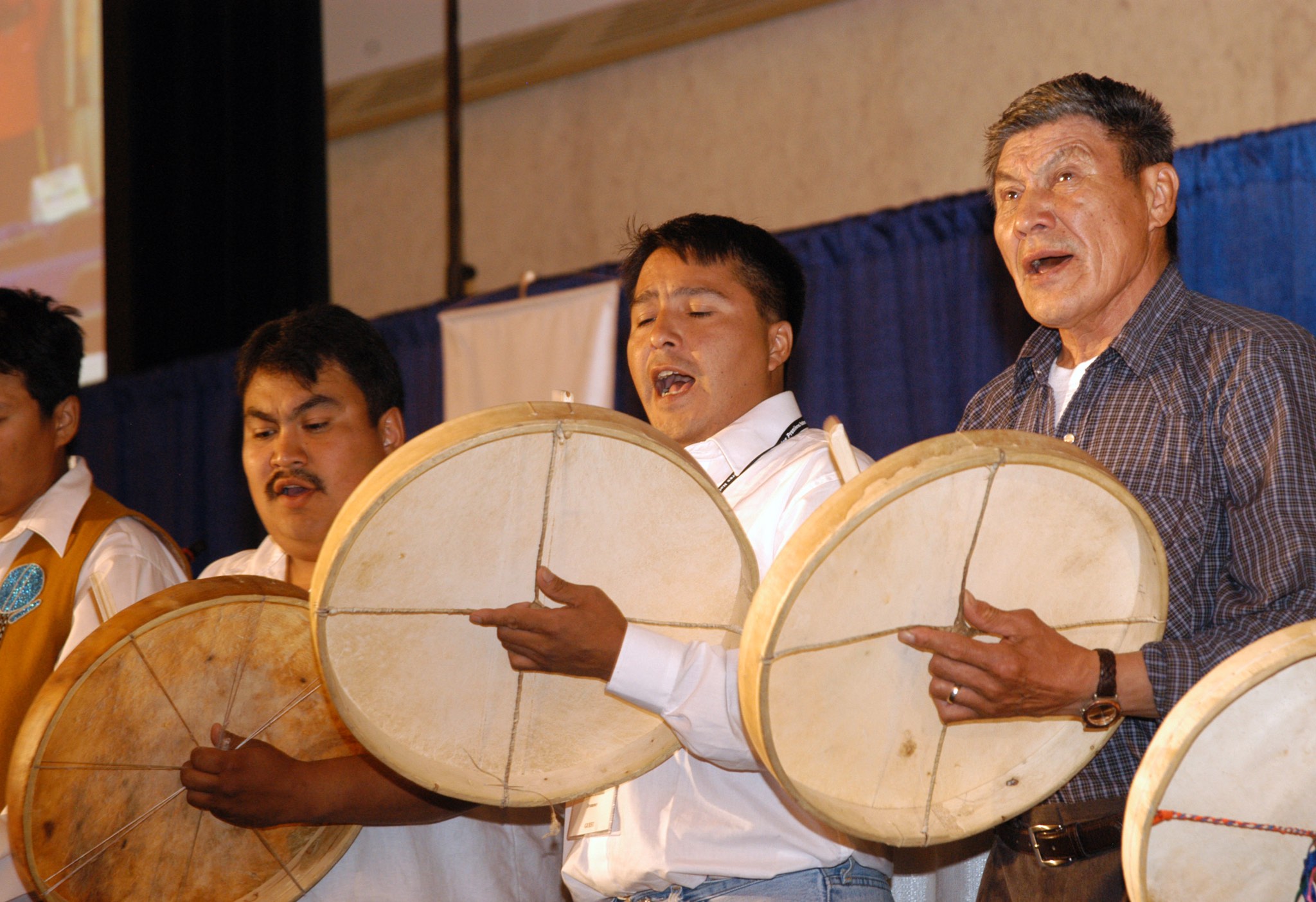

Knowing Nature means being aware of the world we live in, being interested in plants and animals, and being concerned about balance and respect for our world.
Examples of how Knowing Nature is expressed traditionally include making and using canoes and snowshoes, tracking, hunting, fishing, gathering medicines, and knowing animal habits. Contemporary occupations include farmer, forester, veterinarian, gardener, and meteorologist.

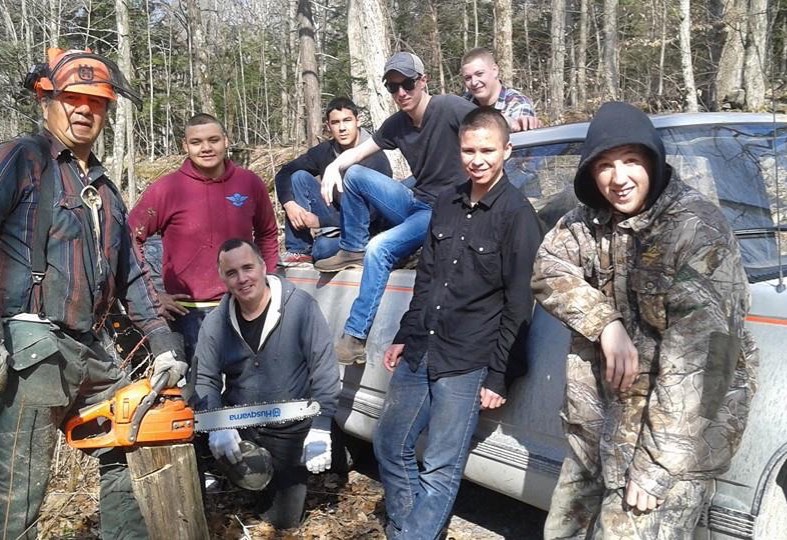
Knowing People means respecting and understanding others and knowing how to get along with others.
Examples of how Knowing People is expressed traditionally include parenting, concern for community well-being, negotiating, traditional justice, restorative justice, and respecting Elders and others. Contemporary occupations include religious leader, counselor, police officer, day care worker, nurse.
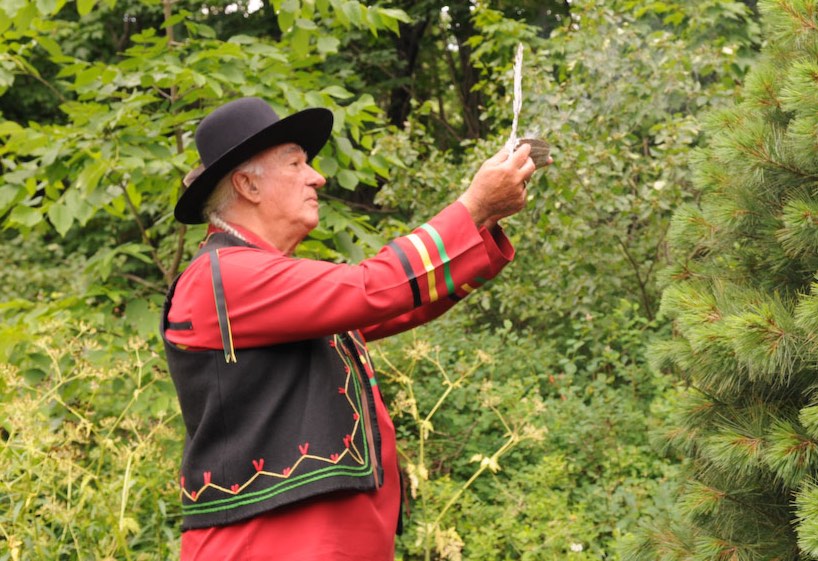
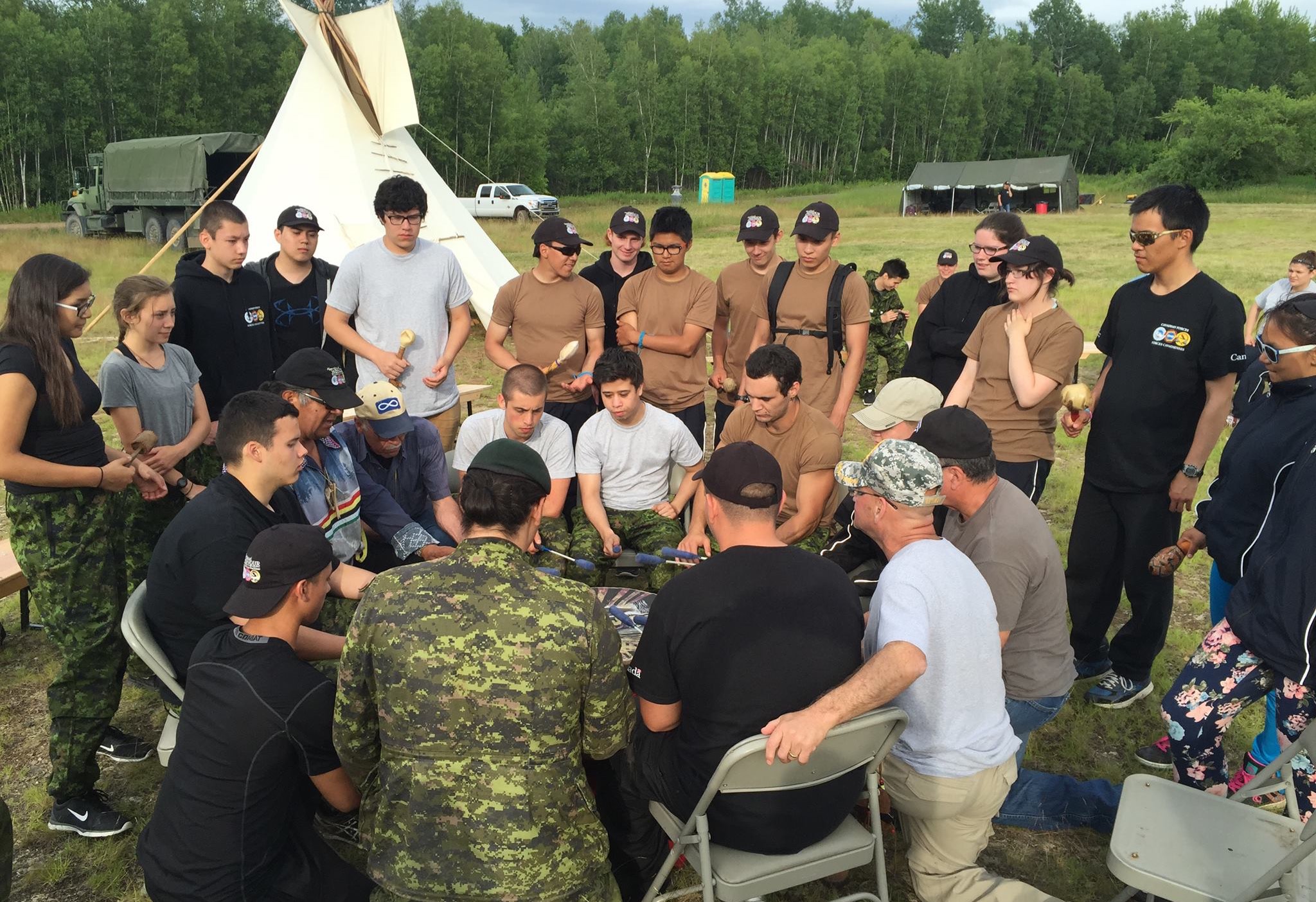
Knowing the Self means having a good sense of the kind of person you are or want to be and being able to keep yourself on track.
Examples of how Knowing the Self is expressed traditionally include vision quest, Sun Dance, sweat lodge, controlling emotions, spiritual awareness, self-motivation, and being patient. Contemporary occupations include artist, social worker, coach, entrepreneur, writer.
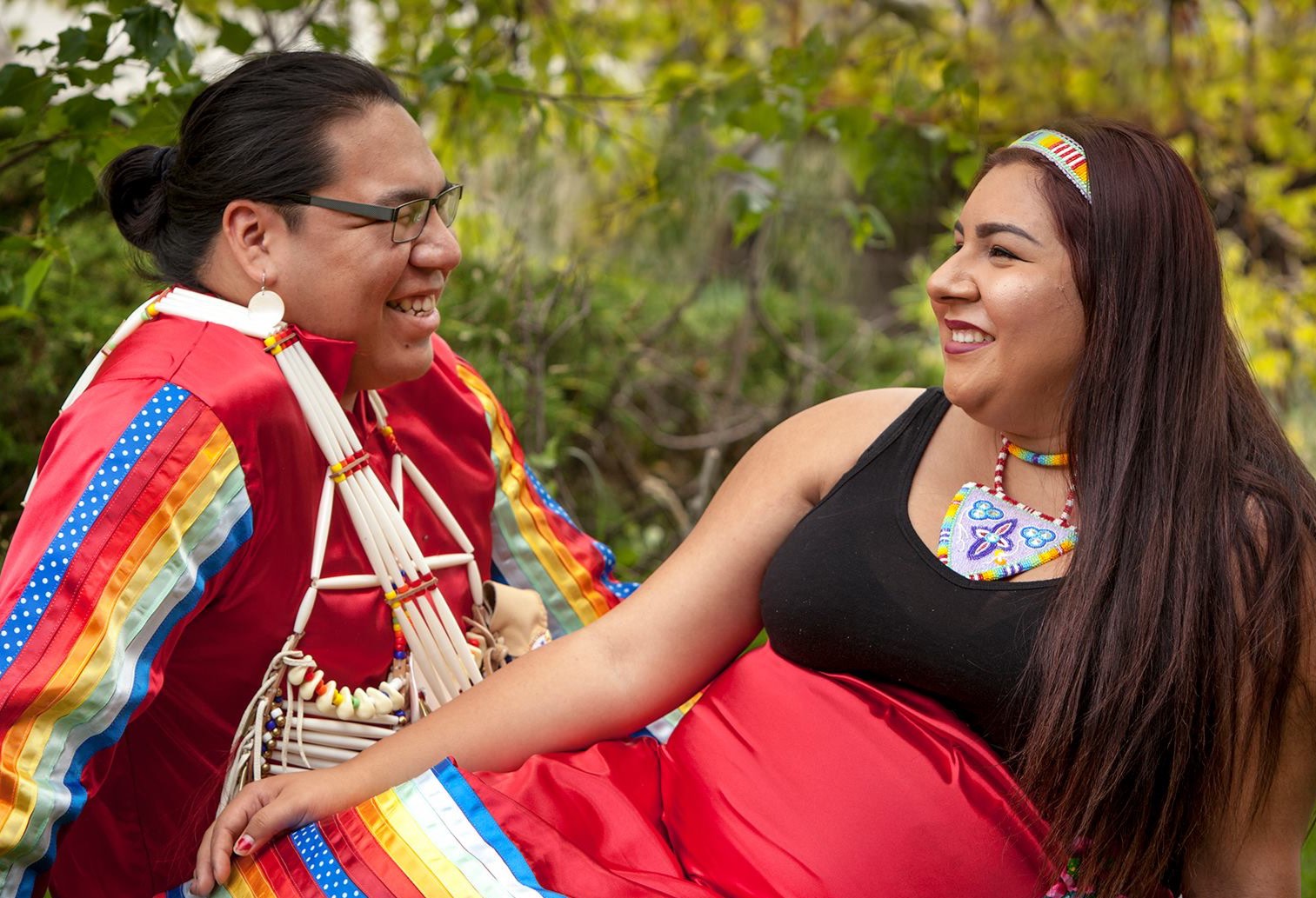
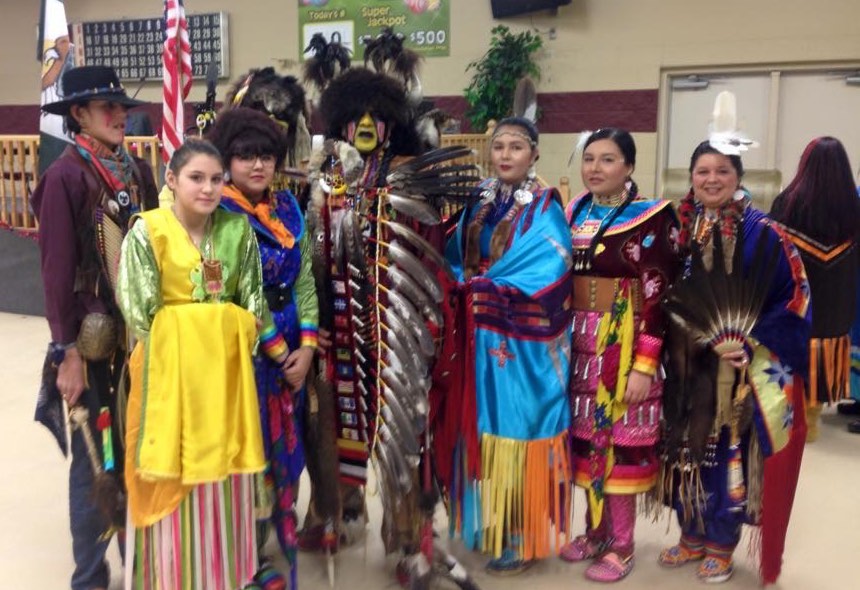
Knowing Words means loving words and their meanings, and using words and language to entertain and inform others.
Examples of how Knowing Words is expressed traditionally include story-telling, communication, oral tradition of history and morality, legends, and totem poles. Contemporary occupations include reporter, secretary, translator, call centre operator, legal assistant.
